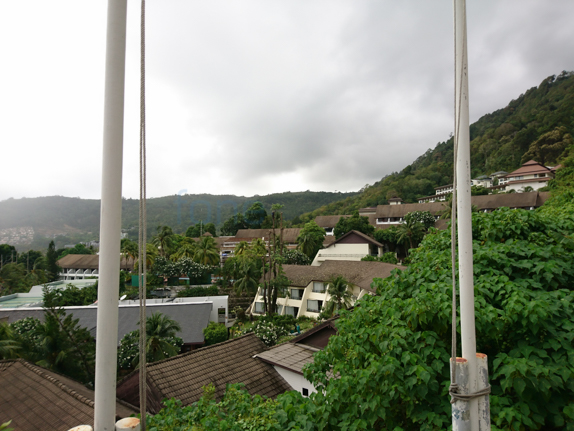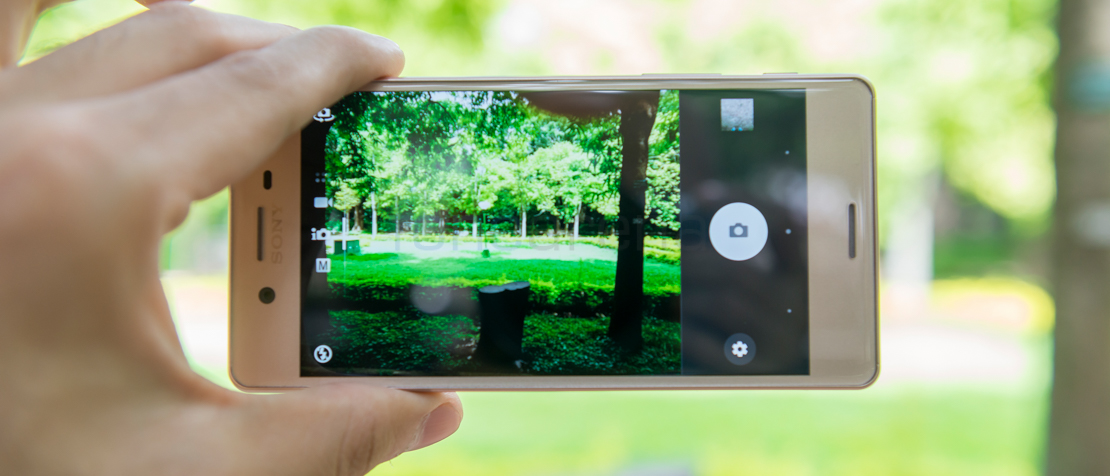
Following the end of the Sony Ericsson brand, Sony took a hiatus of almost a year before entering the market again under a solo name. Sony went all out with the Xperia Z and brought about a fresh new design language and high end specifications. Although waterproof smartphones were a common sight in the east in Japan, there were less than a handful of phones that featured waterproof abilities worldwide and almost none of them were made for the masses.
The Sony Xperia Z was a step in the right direction however, it wasn’t until the Z2 that they actually achieved a proper all in one smartphone. The Z3 too improved on it a lot however customers didn’t really like the fact that Sony was releasing a flagship every six months or so. The solution to this was Sony releasing incremental upgrades such as the Z3+. They first announced the Z4 in Japan and later launched the same model as the Z3+ in other parts of the world albeit with a few changes. In fact, the Z3 was a good enough smartphone and perhaps it would’ve been better to just announce the Z4 internationally as an upgrade a year later. But Sony stuck to their 2 flagship a year schedule and instead gave us a different naming scheme. The Z5 series followed suit shortly after the Z3+ and thus angering most of those adopters. The Z5 series was good but sort of was a lost cause since some of the improvements in terms of specifications never really translated into real life performance. The Z5 Premium in fact is and still to this day remains the only smartphone with a 4K overkill. However 4K displays were and still are overkill as they really don’t bring a big improvement on such a small screen and in fact the 4K only kicked in with limited apps and content. All the flagships in 2015 featured the troubled Snapdragon 810 processor as well.
2016, Sony is trying to shake things up a little bit by wiping the slate clean and starting afresh in terms of launching a new lineup. The new lineup will be called the X Series and Sony claims that they will only focus on the X series for now. Its good to know that they’re trying hard to do good things and fix what they’ve done wrong in the past. The Xperia X does seem like they’ve done most of that at least on paper. But does it really solve the issues and the sort of bland experience that the prior two generations gave? Let’s find out.
Unboxing
We already unboxed the Sony Xperia X. Here are the contents of the box:

- Sony Xperia X smartphone in Gold color
- 2-pin charger (5V-1.5A)
- Micro USB cable
- Startup guide
Here is the unboxing video.
Design, Materials and Build Quality
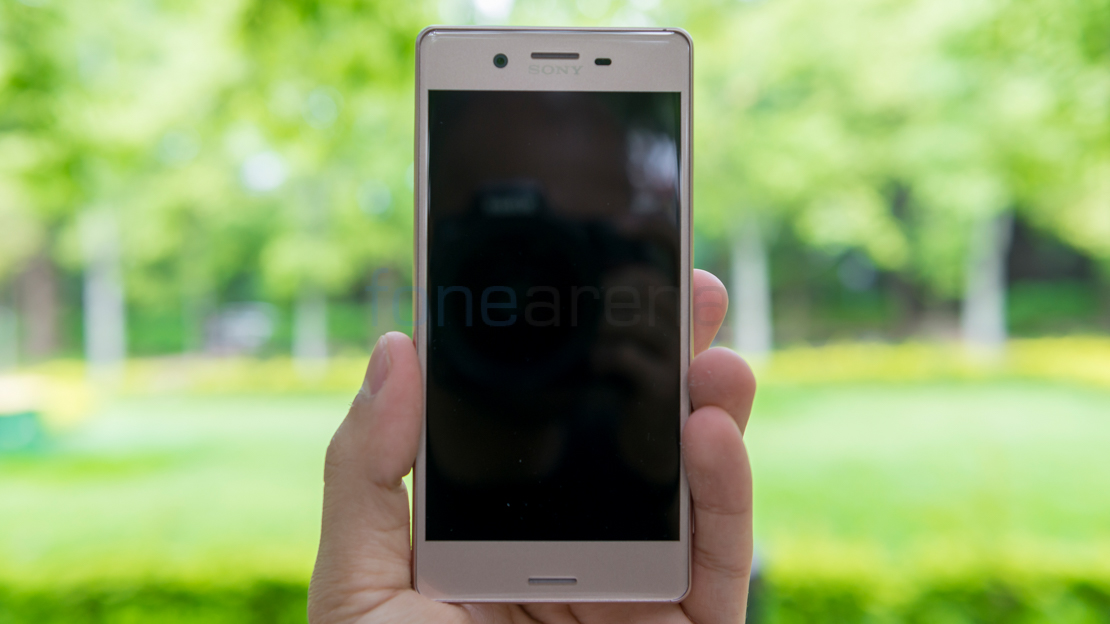
Sony isn’t fooling anyone with the design. Although the naming scheme might have changed, the design language still remains majorly the same. The primary difference is at the back where you get a metal finish as opposed to the glass backs of the past. This makes the Xperia X slightly more robust as well and a whole lot better in terms of dealing with fingerprints. The previous generations attracted fingerprints quite easily especially the Z5 Premium which had a mirrored finish. Scratches too don’t really appear unless its that deep and the phone has taken quite a beating.
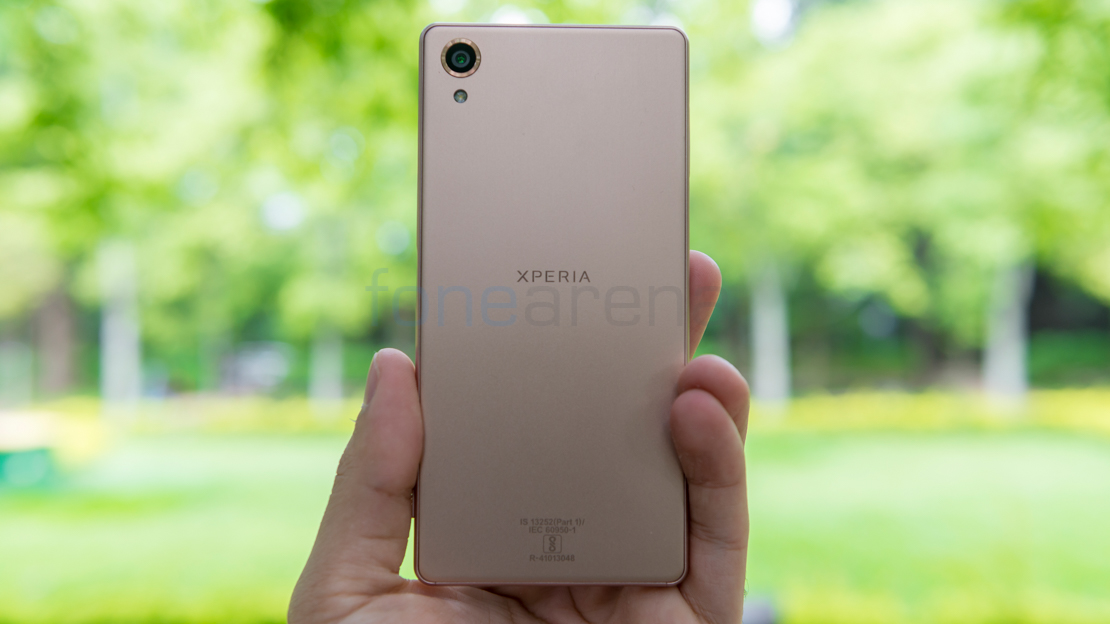
Up front, you will notice the screen seems to be raised thanks to the 2.5D glass up front. Sony hasn’t mentioned what brand it is but does state that it is scratch resistant and that it has an oleophobic coating.
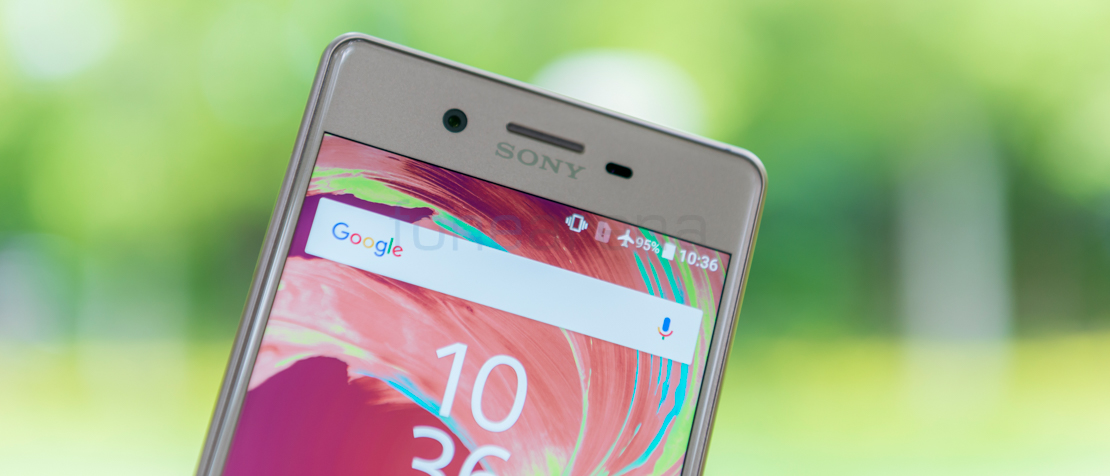
The front houses a 5 inch display and at the top and bottom are the speaker grilles that were present on the Z3. Sony moved it back to the edges just like with the Z2 on the Z3+/Z4 and Z5 models. However, this time around,t they’ve decided to go with the Z3 layout instead. There is a front facing camera, earpiece, ambient light and proximity sensor as well as a notification light above the display too.
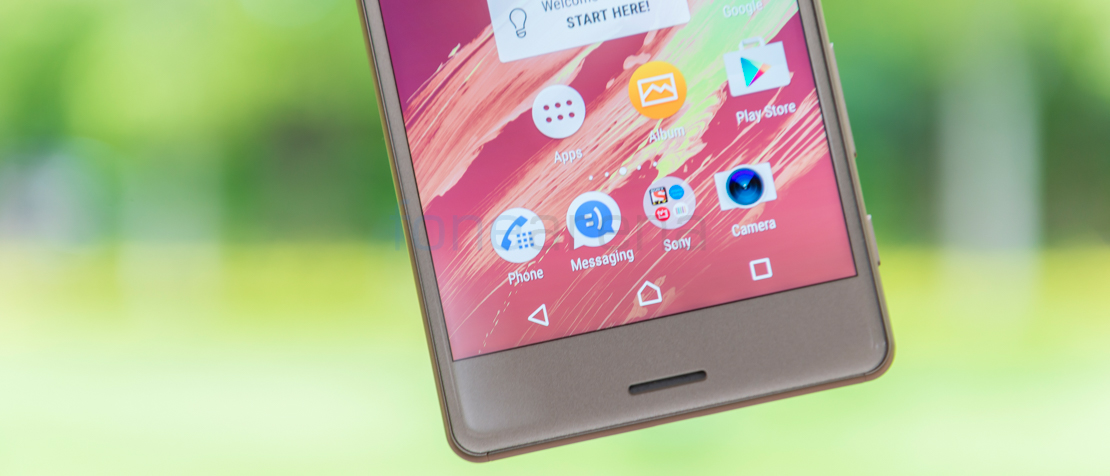
The bezels aren’t really small on any side of the display but the smartphone is still pretty compact thanks to the 5 inch display. It is almost the same size as the Galaxy S7 in terms of physical footprint but just that the Xperia X is a tad bit taller and a bit narrower. The smartphone is quite easy to handle and the thickness is just about right. Anything thinner would’ve probably looked sleek but would’ve been a bit more difficult to get a grip on. The matte finish of the metal at the back also helps to hold the device firmly. The rounded sides also help improve the grip to a large extent.

At the right side, you get the power key which also houses the fingerprint sensor, a volume rocker key and finally the camera shutter key. Hats off to Sony for keeping the trend alive. No touchscreen or volume rocker key can replace a true two stage camera shutter key and Sony know that. It’s probably a small thing for most but once you use it, you will know the value.
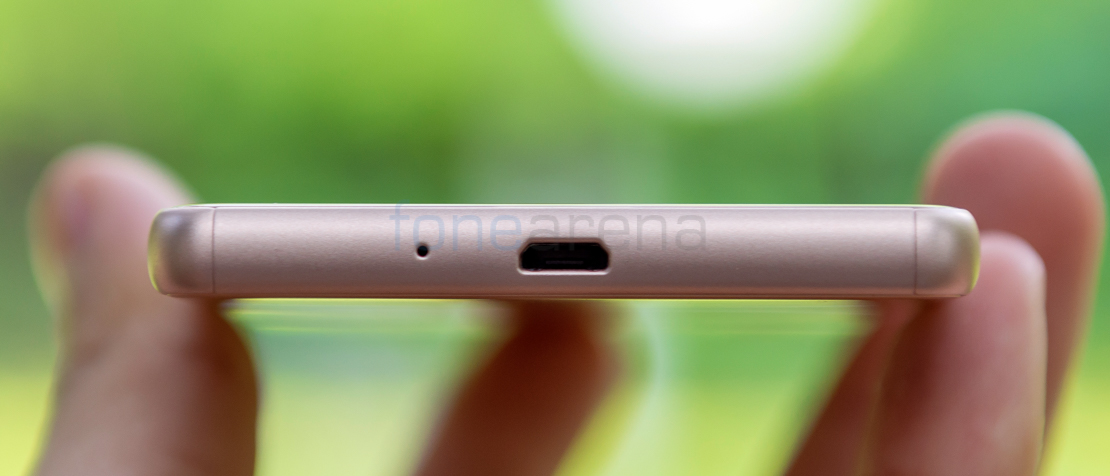
At the bottom, you have the primary microphone and microUSB port. The port is left uncovered and while Sony has released waterproof smartphones in the past with uncovered USB ports, the Xperia X isn’t dust or waterproof. Funnily enough the Xperia X Performance does have an IP68 rating and we would’ve appreciated it if the Xperia X too had the same. Not a dealbreaker for most but definitely a bonus.
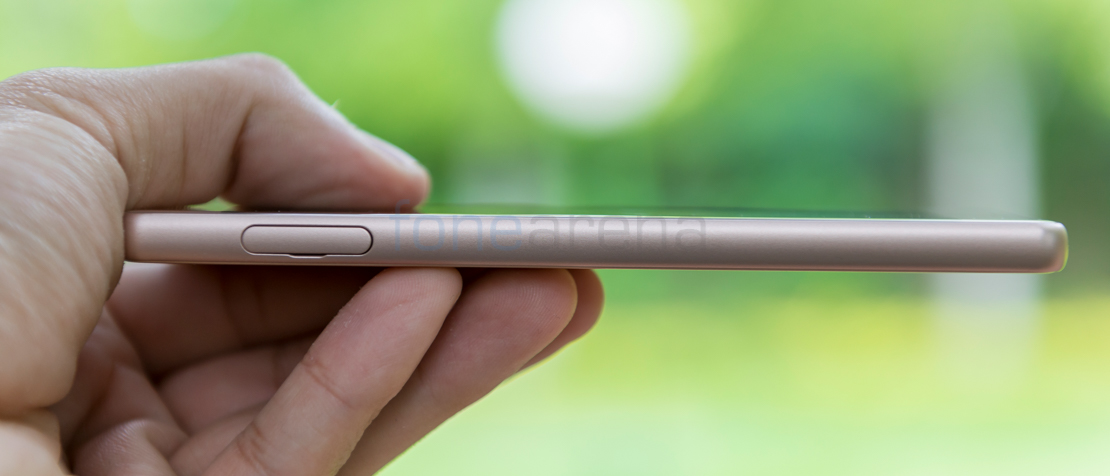
The left side of the device features a Hybrid DualSIM card slot that has a different implementation. Instead of having a flap that dangles open and a separate tray, the tray and the flap are a single unit and as a result, becomes less prone to breakage.

At the top, you have the 3.5mm audio jack and secondary microphone. At the back, you have the primary camera, LED flash and the Xperia logo as well.
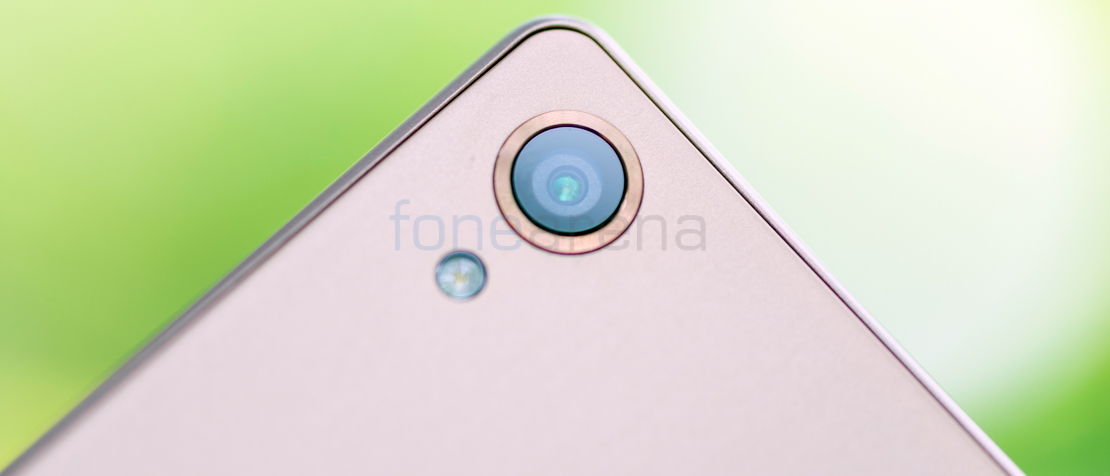
Sony has been downsizing the battery too by a small margin with every variant and the Xperia X is the same. It comes with a non-removable 2620 mAh battery under the hood and while battery capacity alone doesn’t determine the battery life of a smartphone, it couldn’t hurt to have more.
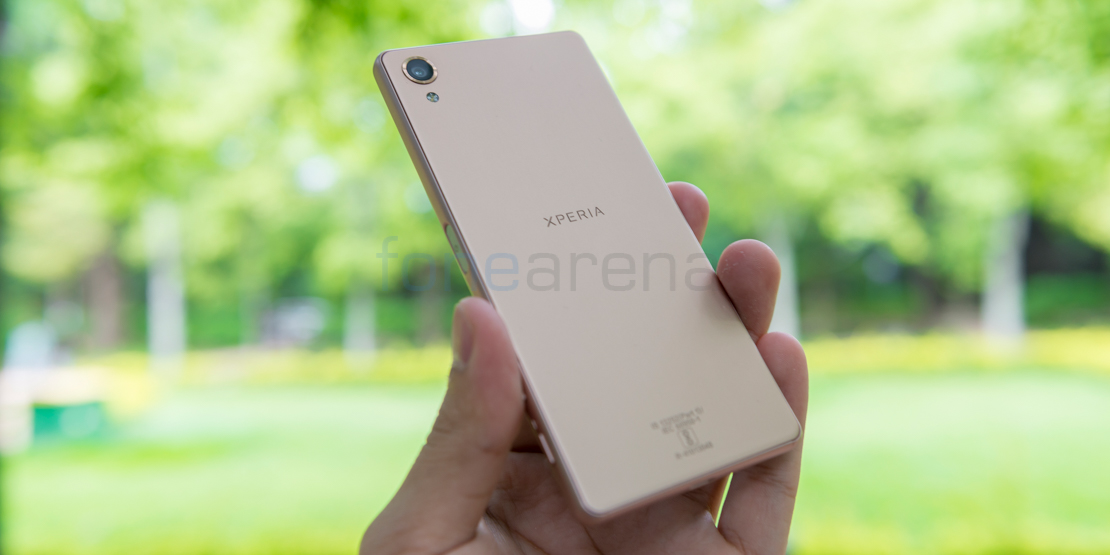
The X comes in 4 colours – White, Rose Gold, Black and Lime. There are technical names for each but practically those are the colours you get. What I really liked about the colours this time around is that the front too gets the same colour treatment instead of just a black or white combination with a different coloured back and sides. The Rose Gold variant that we have here is a bit more of a Copper sort of colour like the one on the Z3 rather than the Pinkish Gold that we’ve seen on iPhones etc. The Lime colour is probably the most unique and interesting colour of the bunch but the White and Black have their own identity too.
Display
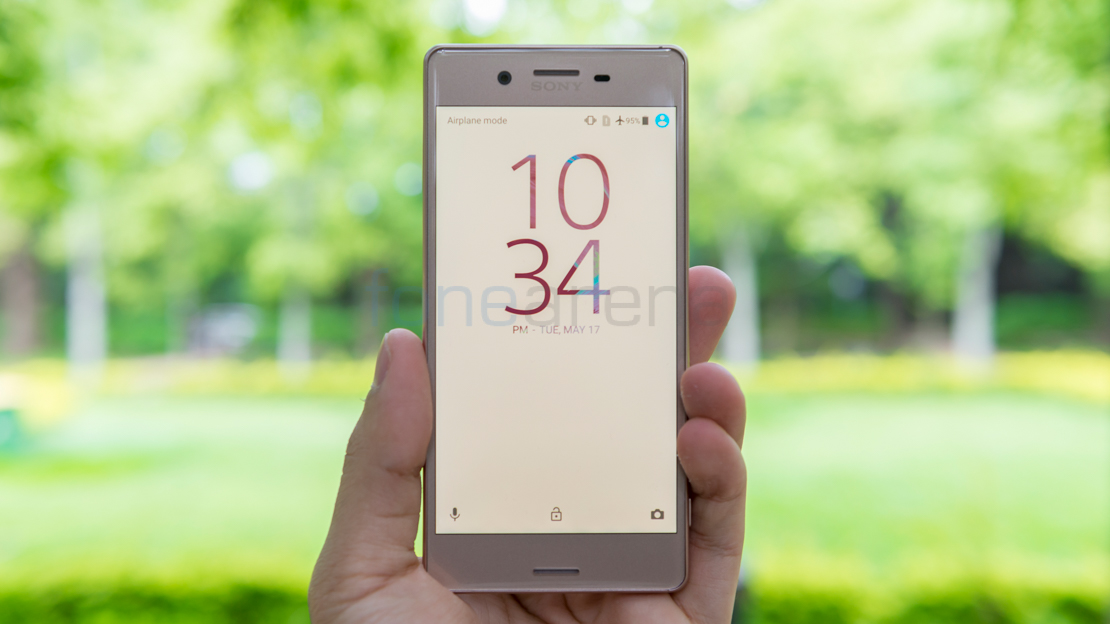
5 inches 1080p Triluminous IPS display with an X-Reality Engine. Sounds good? Well, it is good. The X has a really good display that offers good sunlight legibility, deep contrasts, punchy colours as well as good viewing angles. The 2.5D glass really makes the screen more enjoyable when in use and the scratch resistant glass does keep a good job at protecting the display from scratches even though there is no branding mentioned. 1080p is more than sufficient on a screen of this size in my opinion. Anything more would just be a drain on the battery life without adding sufficient value to the viewing experience.
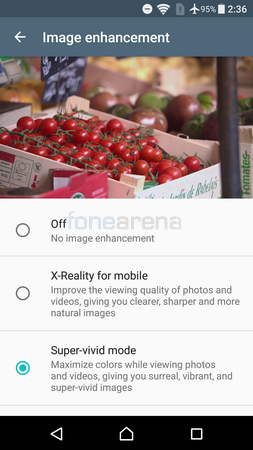
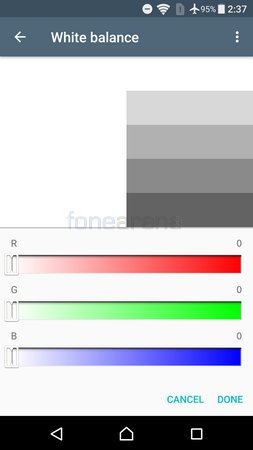
The display produces quite natural looking colours normally but users can also go for more vivid or “contrasty” images by using the built in image enhancement tool. Users can also adjust the white balance and make use of the smart backlight control option that will keep your device screen awake as long as you’re looking at it. When you aren’t it will go to sleep as per your timeout setting.

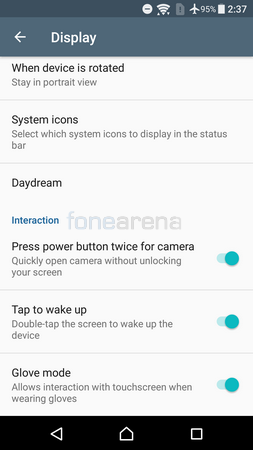
Users can choose what system icons to be displayed in the status bar. You can also toggle tap to wake, glove mode and an option that allows you to launch the camera by pressing the power button twice in quick succession. The first two are quite useful but the third option might not really be needed since the smartphone does include a hardware key for the camera shutter which can also launch the camera app. Nonetheless, having more options is a good things and its good of Sony to have included it in the package.
Fingerprint Sensor
Sony first implemented fingerprint sensors on the Z5 series onto the side into the power buttons. There have been several debates about what the ideal position of the fingerprint sensor should be on a smartphone. Some prefer it on the front, some at the back and some at the side. Aside from Sony, the only other brand that I know of to be using fingerprint sensors at the side is the Nextbit Robin. I like fingerprint sensors on the front since they allow you to unlock the phone whether it is on the table or in your hands. A fingerprint sensor at the back is useful when handling the phone but on a table its kind of useless.
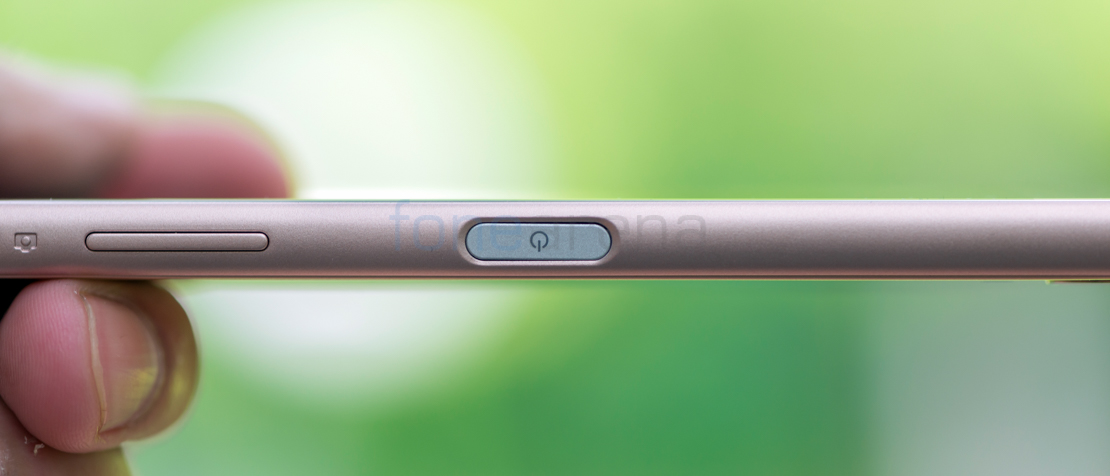
A fingerprint scanner located on the side can be used when the device is in your hand. Technically it should work when placed on a surface such as a table too but my attempts were in vain. You can register fingerprints by tapping the central part of your finger as well as the sides for better accuracy. Ideally, you’d use the thumb on your right hand and perhaps the index finger on your left hand. However, you are free to choose any finger of your choice and even can add others fingerprints if needed. The fingerprints can be used to not just unlock the smartphone but also give access to particular apps and as an authorization for payments.
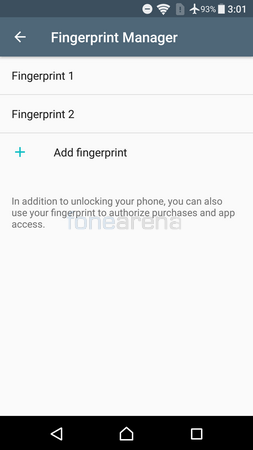
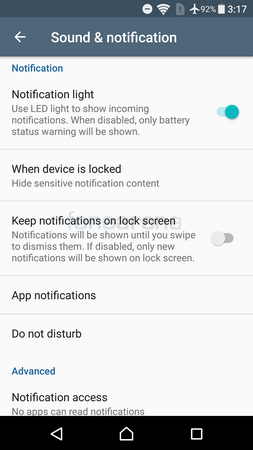
You also need to set a backup PIN, Password or Pattern in order to help you unlock the phone whenever the fingerprint sensor fails to work. Luckily, the accuracy is really good on the Xperia X and 90% of our attempts if not more were successful. It also does well even if your fingers are a bit dirty or wet. Not too much but you get the picture.
Calls and Messaging
The call quality on the Sony Xperia X is really good. The earpiece is crystal clear and offers good output. The upper speaker doubles up as the earpiece too. The sound quality and loudness from the speaker is good too and the secondary noise cancelling mic does a good job at reducing the outside noise and relaying just your voice to the party at the other end.
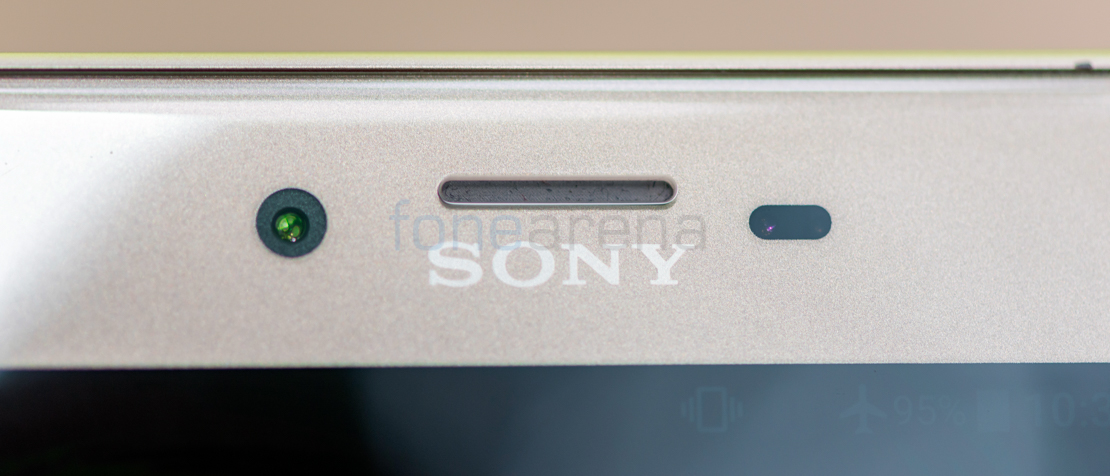
The Sony Xperia X comes pre-loaded with SwiftKey keyboard out of the box. SwiftKey is feature rich but is known to slow down majority of the phones especially with the Cloud features enabled. Luckily, that wasn’t an issue on the X. However, I’m not really a fan of the Swiftkey keyboard and if you’re like me, you can always download a 3rd party keyboard from the Google Play Store. What is good about the typing experience is the display that feels good to use. Its nice and light to tap on and has a smooth gesture experience thanks to the 2.5D curved glass.
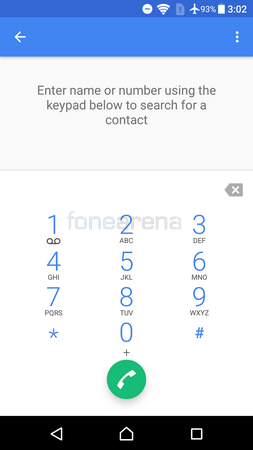
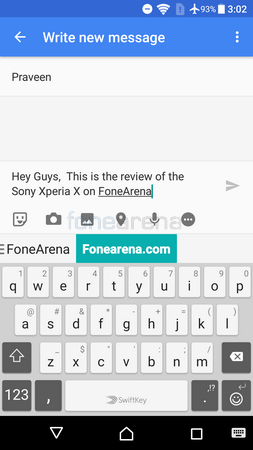
Software and UI
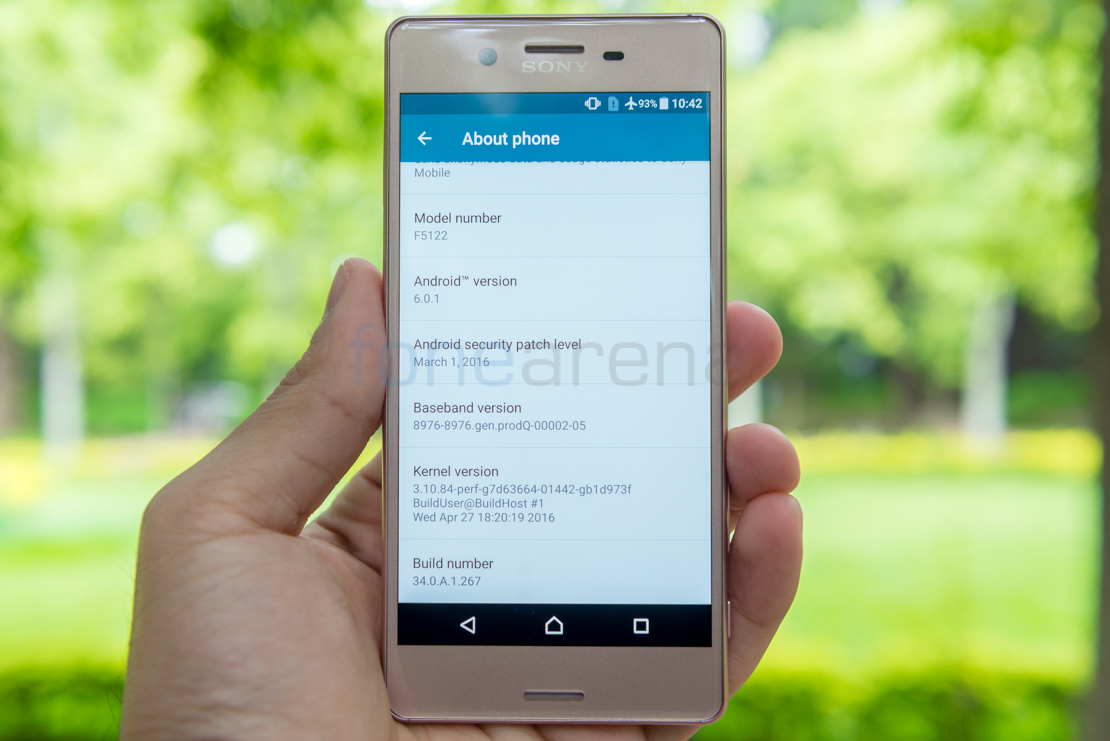
The Xperia X runs on Android Marshmallow 6.0.1 with Sony’s UI layer on top. Sony has one of the lightest UI layers when it comes to OEMs and that is a huge bonus as it not just allows for faster update rollouts but also prevents slowing down of the user interface. The app drawer is pretty much similar to what you would find on stock Android. As we mentioned earlier, users can choose what icons to display on the status bar. The notifications can be brought down with a single pull of the status bar and also shows you the time, day, date as well a few device stats.
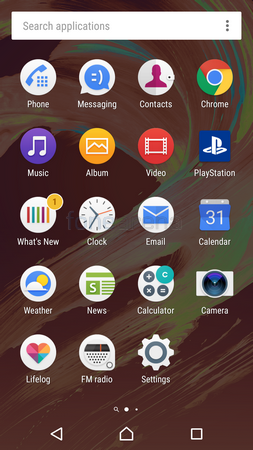
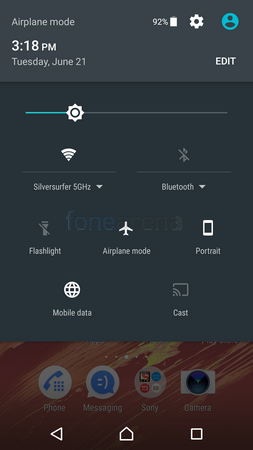
A second pull brings down the quick toggles which includes a brightness slider, WiFi and Bluetooth toggles. Apart from these toggles and quick settings, users can customize and add upto 9 different settings that they use frequently in order to quickly toggle or control these settings. You can also add multiple users or guests onto the phone as different profiles. You can add a total of 5 users.

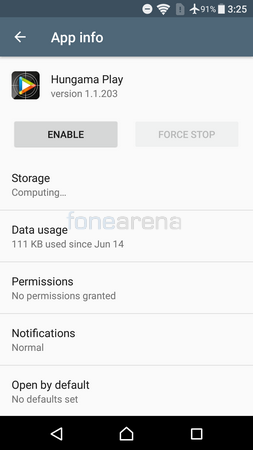
One annoying thing is the bloatware in the phone and there are quite a few apps. Users won’t be able to get rid of these apps without rooting the phone and the best you can do is to disable it.
Storage, Connectivity and Performance
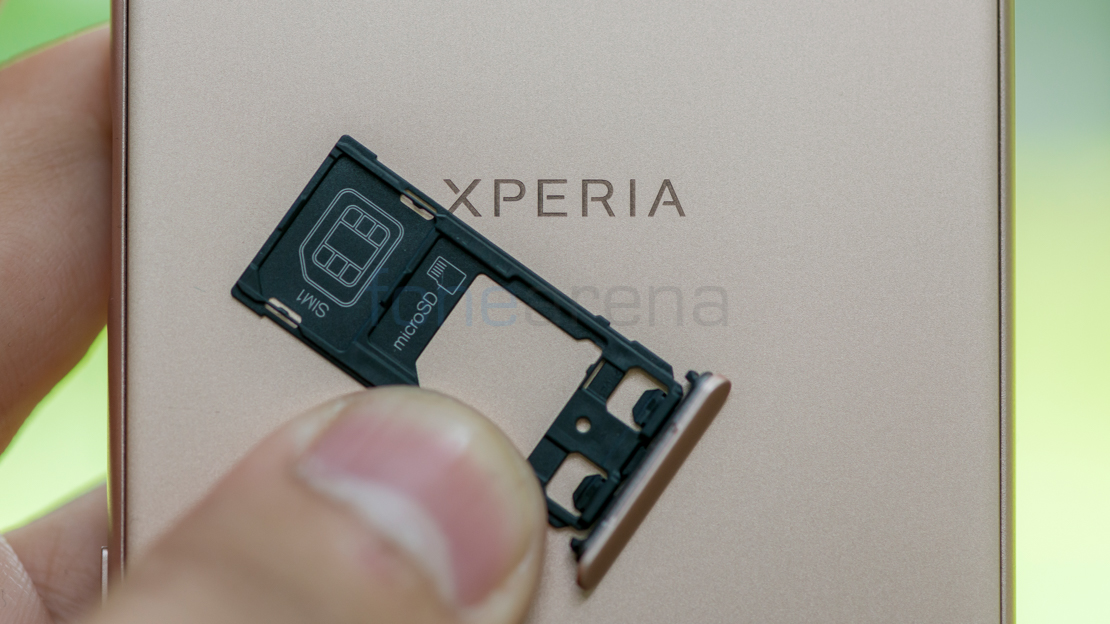
The X comes in 2 storage variants with 32GB or 64GB of on-board memory. It can further be expanded by 128GB using microSD cards of upto 256GB in capacity using the Hybrid DualSIM slot. The phone can take either 2 nanoSIM cards or one nanoSIM and a microSD card. On the Single SIM variant, the second slot will only have the option of taking a microSD card and not a SIM. The X also supports dual-band WiFi AC, Bluetooth 4.2 and NFC. The 64GB variant comes with 48.9GB of free space upon boot.
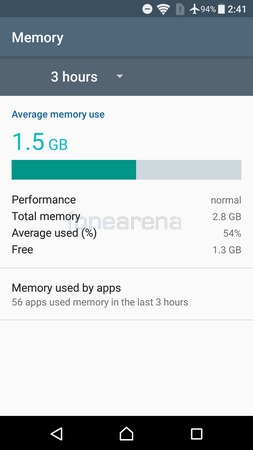
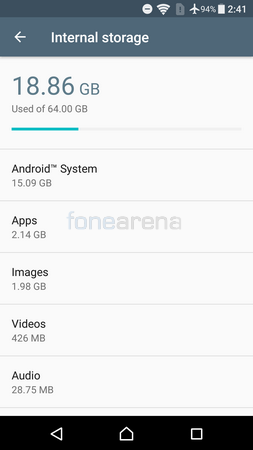
The Xperia X is powered by the Snapdragon 650 Hexa-Core chipset with an Adreno 510 GPU and 3GB of RAM. The Snapdragon 650 is quite an impressive chipset and is one of the main selling point on phones such as the Redmi Note 3. However, considering the price point of the Xperia X, one would expect an 8XX series Snapdragon chipset instead.
But what we get is the 650 and in terms of performance, it still is no slouch. The device performs smoothly without any lag or hiccups. The 3GB of RAM handles multi-tasking well too and the device never really hung up or rebooted on us during the time of testing.
Music Player and Audio Quality
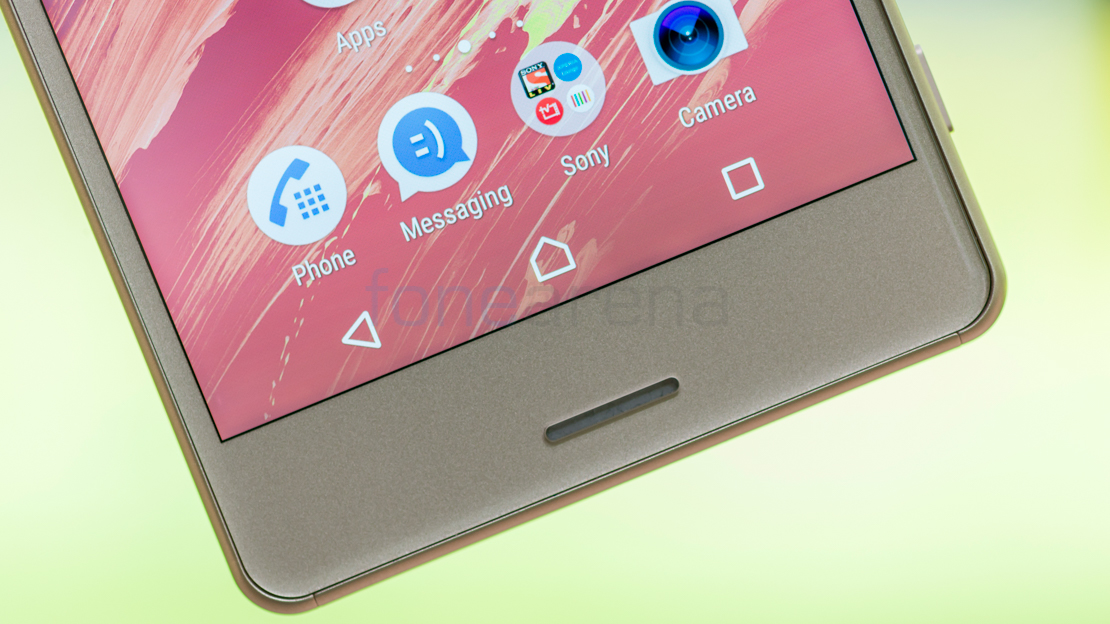
The X comes with stereo speakers above and below the display. We love the placement since the audio is directed to the viewers and it is nearly impossible to accidentally cover the speakers and muffle the audio when holding it or when it is placed on a surface. The speaker quality is quite good and provides good entertainment whether it is for videos or audio. The volume could’ve been a bit better but still is much better than most devices on the market right now. The distortion is also minimal at the higher end.
Sound quality through headphones is really good. The volume outputted is really high and there is minimal distortion and stereo crosstalk. The phone also support 24bit 192kHz audio and can also upscale your lower res audio to better quality when needed.
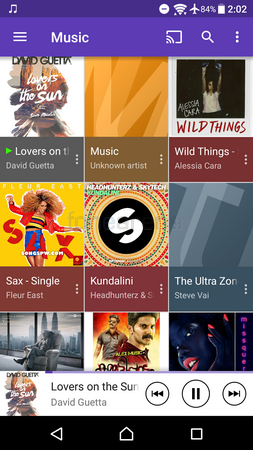
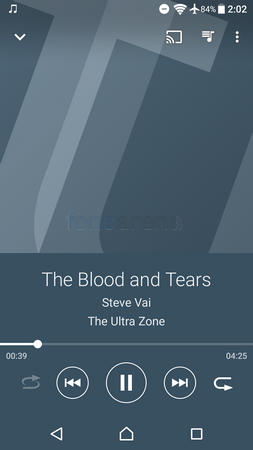
The music player is still one of the best in the industry. The songs can be sorted according to playlist, artists, songs, folders, genre and more. The now playing screen shows you the album art, track information, track controls and shuffle + repeat options. There is a cast button, timer, favourites option and the ability to share and add tracks as favourites. The settings are quite extensive. Users can set a light or dark theme, download music information manually, set the quick play options and also allow your device to be used as a server to send and upload music files to.
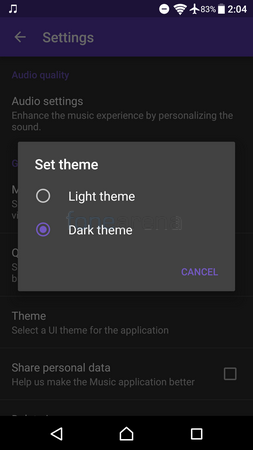
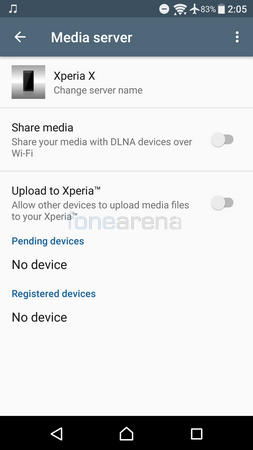
The audio settings are also top notch. Users can toggle ClearAudio+, DSEE HX (Which converts compressed music to near Hi-Res Audio Quality – Works with headphones only) and dynamic normalizer. You can add an equalizer and also choose a surround sound. You can enable S-Force Front Surround for the speakers too.
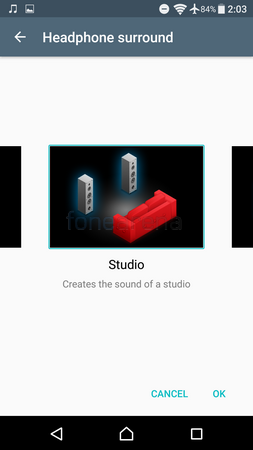
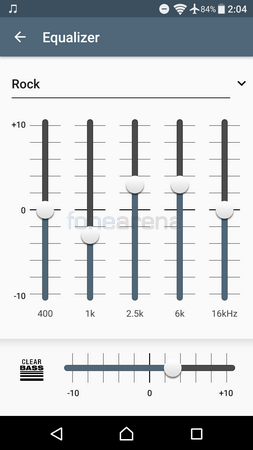
There is an automatic optimization feature that allows you to get the best out of your headphones or earphones by allowing the phone to analyze your headphones and your listening habits through the mic.
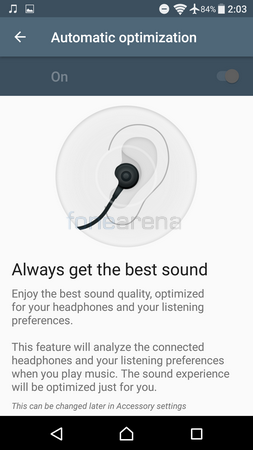
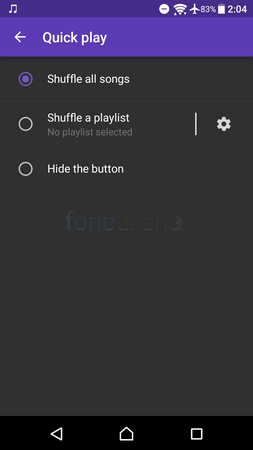
There is a built-in FM radio app. You need to plug in your headphones or earphones which will act as an antenna after which you can either listen to the radio using earphones or the built-in speakers. The FM radio also supports Mono sound mode. You can choose your own region and even make use of TrackID to immediately recognize the track that is being played. Users can also use TrackID separately to identify a particular song is they hear a source of music from an external source.
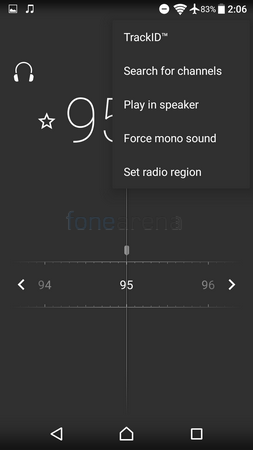
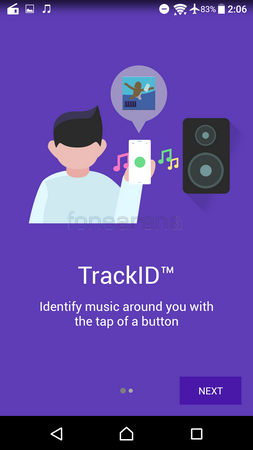
Camera
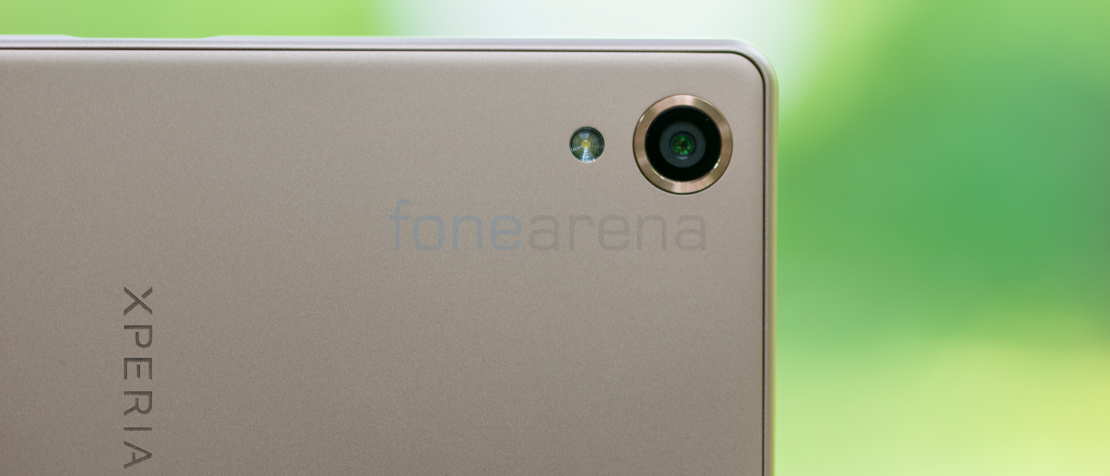
At the back, users get a 23 Megapixel f2.0 sensor with ½.3” sensor size. It is pretty much the same as the unit found on the Xperia Z5 series but albeit with a few improvements especially on the software front.
The image quality is really good especially in terms of detailing thanks to the 23 Megapixel resolution. The Z5 series had an achilles heel in the form of low night performance which was often too noisy as a result of the extra pixels. On the X, images are much cleaner and while noise isn’t completely absent, it is controlled to a great extent. Colours are quite natural and the white balancing is spot on. The ISO goes all the way upto 3200 and the performance is pretty good. Click on any of the samples below for the full resolution photos.
The photo on top is the natural 24mm FoV (Field of View) while the photo at the bottom is the zoomed in version and despite not having optical zoom, you can see that the shot still has a lot of details in it.
The dynamic range is surprisingly good and in many instances, we actually had to check and see whether HDR mode was turned on after taking the shot. HDR mode only improves that further. The photos on the left are taken in HDR mode while the ones on the right are taken in normal mode.
Autofocus speeds are pretty fast too and the PDAF (Phase Detection Autofocus) works much better than the Laser AF implementations we’ve seen so far on several smartphones.
One of the main improvements in terms of photography is related to the HDR mode where users can take HDR photos at full resolution 23 Megapixels. Previous generation most often only allowed 8 Megapixel resolution for HDR mode. However, you can still manually select the ISO only with 8 Megapixels or less in terms of resolution.
Video recording is limited to 1080p resolution however users can choose between 30 fps and 60 fps modes. Despite not having OIS (Optical Image Stabilization), the Xperia X has one of the most stable videos ever recorded on a smartphone. The EIS (Electronic Image Stabilization) works wonders especially in the Intelligent Active mode and it feels like the phone is gliding on butter if you are taking a video while walking. The Field of View does get narrower but we still love the smooth jerk-free video. 1080p at 60 fps too supports stabilization but only the standard version which is good but not as good.
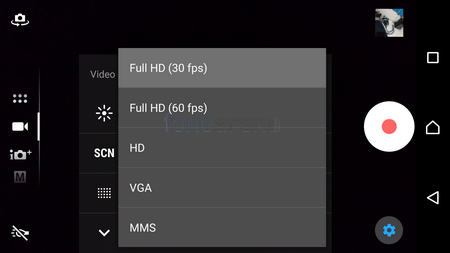
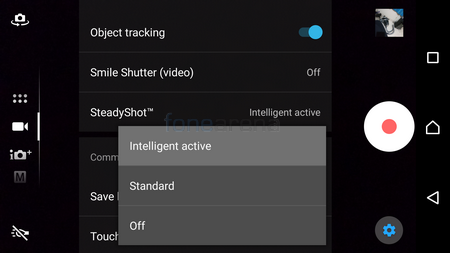
Videos are good in terms of details too and while it isn’t as great as 4K resolution would’ve been especially with a sensor like this, perhaps there was a reason why they didn’t include 4K recording. If I were to take a guess, it would probably be the overheating issues on previous Z series phones when recording 4K that caused some units to shutdown the camera app automatically.
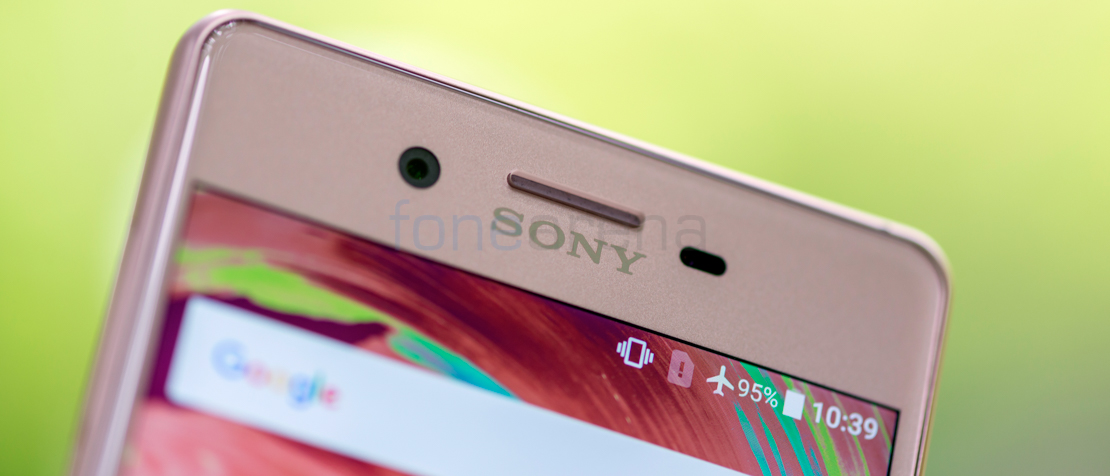
The front facing camera on the X is really good. It has a 13 Megapixel 1/3” sensor with f2.0 aperture and 22mm FoV. The shots are really detailed and can give most “selfie” phones a run for their money too. It has a nice and wide FoV that is good enough for group shots as well and the low light noise is pretty minimal. It can produce some impressive results almost all the time. The front camera too can take good HDR shots especially if you are in the great outdoors.
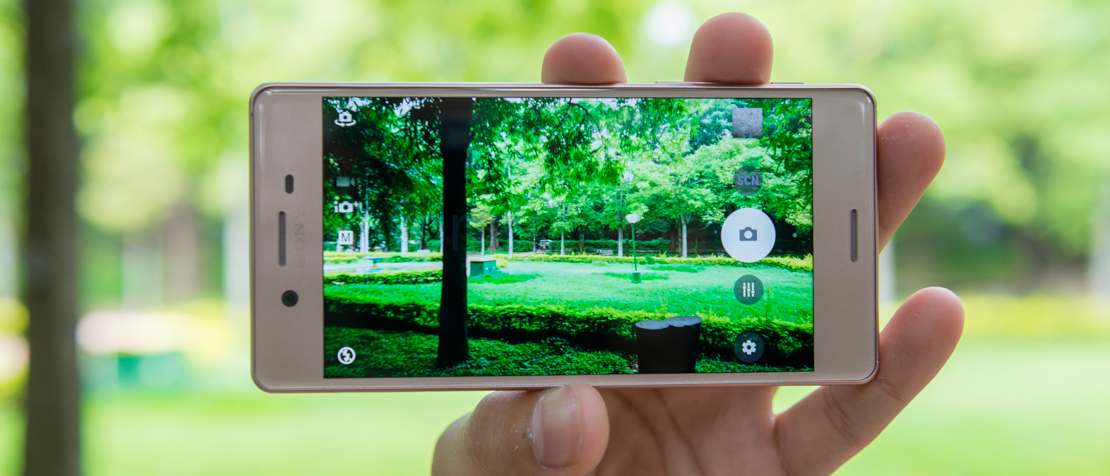
The camera UI remains somewhat the same compared to previous Z series phones. When held in landscape mode, users get the settings button, white balance and exposure shortcuts, shutter button and gallery preview button on the right side. At the left, you get the various mode slider, flash toggle and the camera switch key.

In manual mode, users can choose the ISO, resolution, toggle HDR mode, set a timer, metering, toggle object tracking and smile shutter. Smile shutter works for both videos and photos and the level of the smile needed to trigger either can also be set manually. The maximum resolution of 23 Megapixels can be shot in 4:3 aspect ratio while 16:9 images can be shot at a maximum of 20 Megapixels. The camera can be quick launched by just pressing the shutter button and users can configure the phone to either just launch the camera app or subsequently even capture or start recording a video.
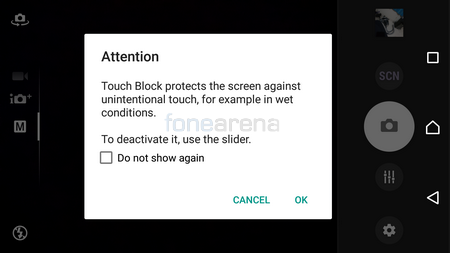
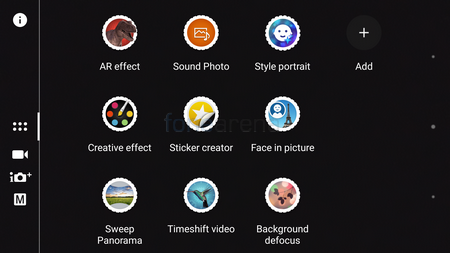
There is a Touch Block feature that prevents unwanted or accidental inputs especially in wet conditions. This is something that makes sense on a waterproof smartphone and I’m not really sure how much of help it would be on the X but its something nice to have. The app also supports several effects and apps such as sweep panorama, background defocus, timeshift video etc. These are the three main ones that I’ve found to be useful although there are quite a few more that users can make use of such as AR effect, face in picture etc.

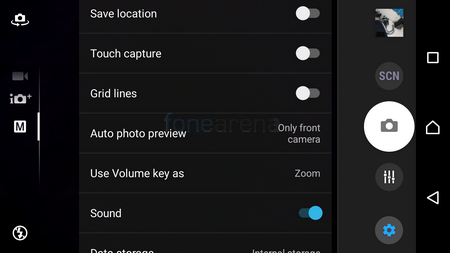
Sony haven’t included support for RAW images as of now but feel they should considering the capabilities of the sensor. Since its something that can be implemented from the software end, we hope they’ll do it soon.
Battery Life
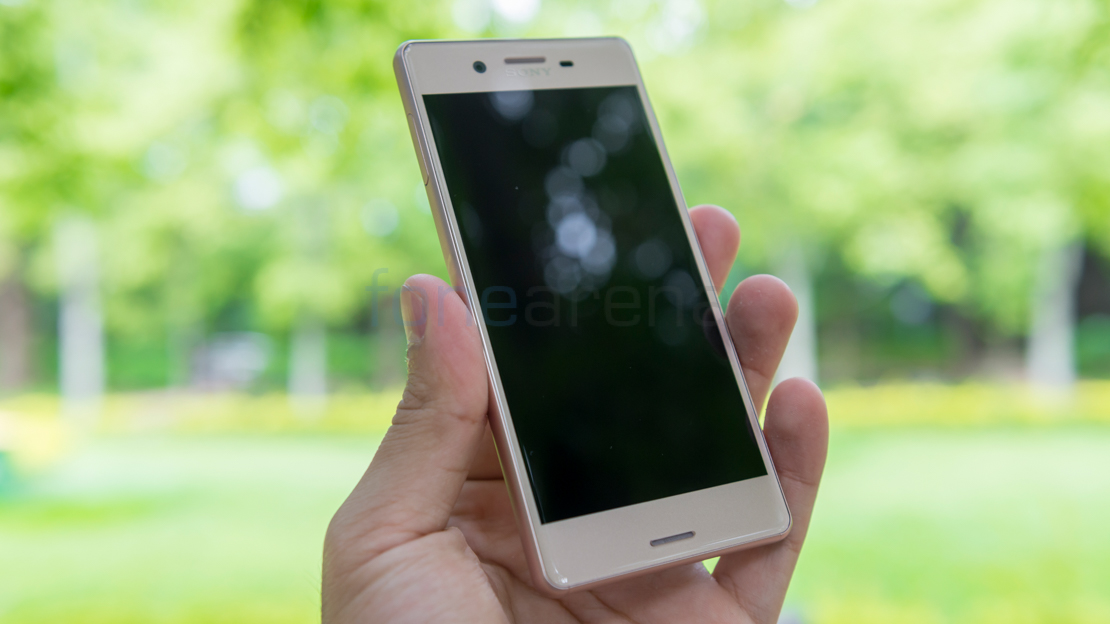
The Sony Xperia X comes with a non-removable 2620 mAh battery. The smartphone has pretty poor battery life. It does fall short of the previous few generations and on most cases, you need to charge before the end of the day. The device got a one charge rating of 9 hours and 53 minutes in our battery tests. However, Sony have bundled fast charging in the form of Qualcomm QuickCharge 2.0 which will charge 60% of the phones battery in 30 minutes so at least there is some solace when your phone runs out of juice.
Conclusion
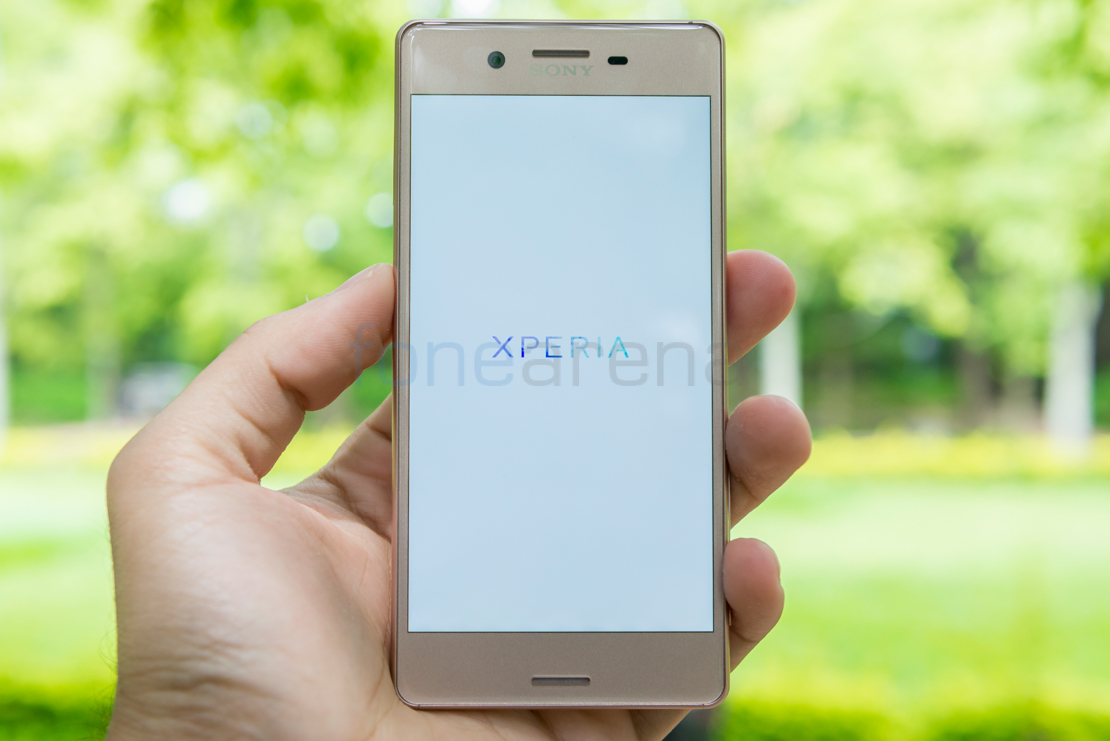
The Sony Xperia X is perhaps one of the best smartphones from Sony in a long time. Instead of focusing on outright specifications and unwanted details, they focused and perfected the things that really matter in a smartphone. The major con for me on the device is the price, many of the features do seem justified for the price except for the processor. While the smartphone does have a good processor in the form of the Snapdragon 650, it still costs much more than other smartphones with the same processor. So the final decision is upto you, are you willing to pay around Rs 46,000 for a smartphone that performs well in real life but has a slightly lower processor number.
Pros
- Good Build Quality
- Great Camera Performance (Front and Rear)
- Amazing Video Stabilization
- Fast and Responsive Fingerprint Sensor
- Hybrid DualSIM Card with 4G LTE
- Good Stereo Speakers
- Great Sound Quality over Earphones
Cons
- Price
- No 4K Video Recording
- No Waterproofing (May not be a con for some)
- Battery Life





